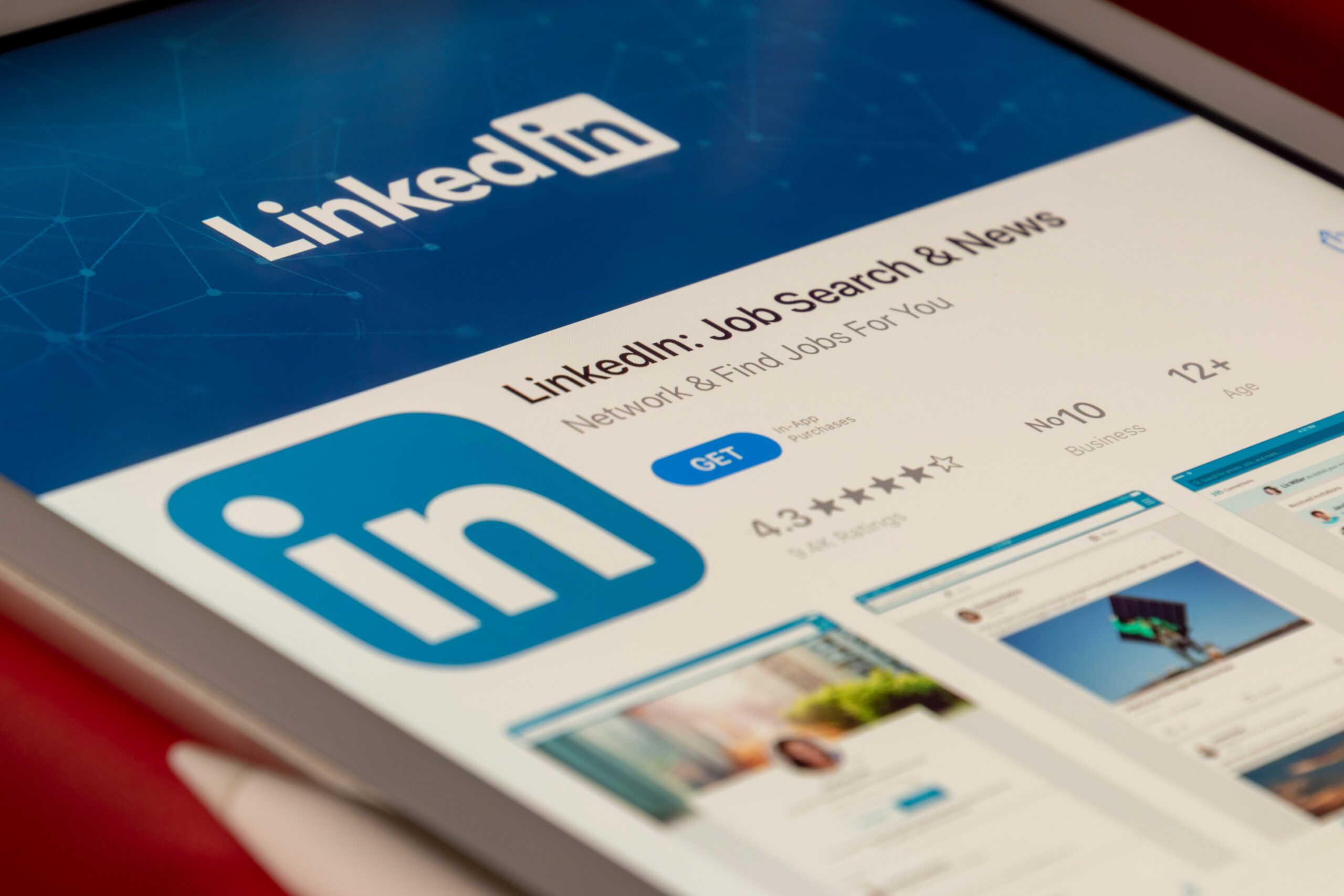Influencer marketing on LinkedIn is a growing trend, as more B2B brands recognize the platform’s potential for reaching their target audience. LinkedIn is a professional networking site, with a focus on career development and business-related content. As such, it can be an ideal platform for B2B influencer marketing, as it provides access to a large audience of business professionals.
LinkedIn has also introduced features specifically designed for influencer marketing, such as the LinkedIn Creator mode, which allows influencers to optimize their profile for content creation and engagement. Additionally, LinkedIn’s algorithm prioritizes content from thought leaders and influencers, making it easier for their content to be seen by a larger audience.
However, it’s important to note that influencer marketing on LinkedIn may require a slightly different approach than on other platforms. LinkedIn users tend to be more focused on professional development and industry news, so B2B brands should prioritize content that is informative and relevant to their audience. Additionally, LinkedIn is a more formal platform than others, so the tone and style of influencer content may need to be adjusted accordingly.
Overall, while influencer marketing on LinkedIn may require a more targeted and strategic approach, it can be a highly effective way for B2B brands to reach their target audience and establish thought leadership in their industry.
LinkedIn offers a number of ways for B2B brands to engage in influencer marketing. Here are some strategies you can consider:
- Collaborate with industry thought leaders: One effective way to leverage LinkedIn for influencer marketing is to collaborate with industry thought leaders. Identify influencers who have a significant following and expertise in your industry, and reach out to them to discuss potential collaboration opportunities. You could work together on content creation, such as guest blog posts, webinars, or videos.
- Leverage employee advocacy: Your own employees can be valuable influencers on LinkedIn, as they are likely to have a professional network in your industry. Encourage your employees to share your content on their LinkedIn profiles, and consider creating an employee advocacy program to incentivize and reward their engagement.
- Utilize LinkedIn groups: LinkedIn groups are communities of professionals who share common interests and topics. Join relevant groups in your industry and engage with members by sharing valuable insights, answering questions, and starting discussions. This can help you establish yourself as a thought leader in your industry and build relationships with potential influencers.
- Amplify influencer content: Share and amplify the content of influencers in your industry. This not only helps you build relationships with influencers, but it also positions your brand as a valuable source of industry insights and news.
- Sponsor LinkedIn posts: LinkedIn also offers sponsored content options that allow you to reach a wider audience with your influencer marketing efforts. You can work with influencers to create sponsored posts or sponsored content that promotes your brand and products or services.
- Prioritize quality over quantity: When it comes to influencer marketing on LinkedIn, it’s important to focus on quality over quantity. Look for influencers who are relevant to your industry and have a strong following of engaged professionals. A smaller group of highly engaged influencers is often more effective than a large group of less-engaged influencers.
- Build authentic relationships: Building authentic relationships with influencers is key to successful influencer marketing on LinkedIn. Take the time to get to know the influencers you’re working with, and create content that aligns with their expertise and audience. By building genuine relationships, you can create content that resonates with their followers and drives engagement.
- Use data to inform your strategy: Like with any marketing strategy, data is key to measuring the success of your influencer marketing campaigns. Use LinkedIn’s analytics tools to track the performance of your influencer content, and adjust your strategy accordingly. This can help you identify which influencers and types of content are most effective for your brand.
- Be mindful of compliance: As with any influencer marketing campaign, it’s important to comply with relevant regulations and guidelines. In the United States, for example, the Federal Trade Commission (FTC) requires influencers to disclose sponsored content. Make sure you and your influencers are aware of these regulations and comply with them to avoid any legal issues.
- Create high-quality content: The content you create with influencers should be high-quality and relevant to your audience. This could include thought leadership articles, industry insights, case studies, or product demos. Make sure the content is informative and valuable to your target audience, and aligns with your brand’s message and values.
In conclusion, influencer marketing on LinkedIn can be a powerful strategy for B2B brands looking to reach a professional audience. By focusing on quality over quantity, building authentic relationships, using data to inform your strategy, being mindful of compliance, and creating high-quality content, you can establish your brand as a thought leader in your industry and drive engagement and leads for your business.

